|
Hamstring injuries are a popular presentation at the Acland Street Physiotherapy due to gym/HIIT related and sporting injuries. Common clients I see who come in needing physio treatment for their hamstring injuries include those are who involved in HIIT (high intensity interval training) training (such as sprints), track and field athletes, soccer, football and rugby. If you would like to prevent hamstring injuries and are involved in a strength and conditioning exercise program, it is important to appreciate that different hamstring injuries require different exercises to ensure adequate loading during rehabilitation.
Physiotherapy rehabilitation exercises such as Romanian Deadlifts (RDLs) and hip extensions (which are hip dominant) have a higher recruitment of the long head of biceps (lateral "outer" hamstring) relative to medial "inner" hamstrings (semimembranous and semitendinosus). Exercises such as Nordics & Hamstring Curls (which are knee dominant) have a higher recruitment of medial hamstrings relative to long head of biceps. So what are the practical implications of these hamstring specific exercise concepts? ACL reconstruction patients with a hamstring graft (semitendinosus tendon) would benefit greatly from Nordics/Hamstring Curls, and hamstring strains to the long head of biceps which is commonly injuried during sprinting would more likely benefit from RDLs and Hip Extensions. I would highly recommend that you should incorporate both types of hamstring strengthening (hip dominant and knee dominant exercises) in a general hamstring injury prevention program, However, if you are limited for time, it is it is best to see an experienced physiotherapist to get thoroughly assessed and prescribed a specific exercise program to ensure quality and safety.
0 Comments
1. Well documented holistic health benefits
Running can significantly improve your mental and physical health. Benefits include:
It takes less than 2 months to prepare yourself to run for 5km. The Mayo Clinic provides a 7 week training schedule for beginners which involves a mixture of running, walking and resting. This strategy proposed helps you reduce your risk of injury, stress and fatigue while keeping the activity enjoyable. 3. Time efficient and versatile You can run 5km anywhere safely without relatively minimal disruption to your busy life. Allocating 30-45 minutes of your day to go for a 5km run is not too much to ask for even for the busiest individuals in the world. Running is a great way of maintaining fitness levels as it can easily be incorporated into the lifestyles of those who regularly travel to unfamiliar locations perhaps where there are potentially no gym facilities, exercise classes or basic equipment. It also allows you extra time to do different forms of cross-training and exercise activities without getting bored and maintaining your general health. On a rainy day, you can also perform your run indoors on a treadmill or at the gym with a 1% incline to simulate the benefits of outdoor running. 4. Cost effective and simple There is minimal equipment that you will need to invest in. You simply need some comfortable and supportive running shoes such as a pair of ASICs and some loose shirts and shorts. Overuse injuries are more likely to occur with longer distances such as training for a marathon. Overuse injuries can increase your healthcare costs with your doctors and physiotherapists. Running injuries include:
Meeting national exercise guidelines: Running 3 times per week for about 30-60 minutes at moderate to high intensity satisfies evidence based national physical activity guidelines. Once you improve and start running faster at high intensities, you can satisfy the guidelines by running 25 minutes 3 times per week, saving you time. 5. Compete instead of painfully finishing Competing against yourself and others can give very satisfying and a rewarding experience. The challenging of trying to finish say a marathon can place significant stress on your body and potentially have a negative impact on your health. Free timed community Parkruns are available all around the world to benchmark against yourself or others. In addition, you can quite easily compare how fast you run compared to others in your age group and gender using the popular age graded calculator: In running, age-graded scoring is based on how fast you run (by correcting it to what your speed would have been at your prime age) and a percentage value of the world record for your gender. Performance standards listed on the USATF site give approximate comparative levels: 90 percent = world class; 80 percent = national class; 70 percent = regional class; and 60 percent = local class. http://www.runnersworldonline.com.au/age-grading-calculator/ 6. 5km runs do not cause nipple bleeding Nipple bleeding can be extremely painful and unmotivating. It is a result of your skin directly rubbing on your clothes, poor ventilation and sweating. 7. Help yourself and help others Many charities and non-for-profit organisations hold fundraising events associated with 5km runs as the distance is suitable to get everyone involved. Therefore, 5km runs are a great way to contribute to be social, contribute to those in need and help yourself in the process. The following are some fun photos of me competing in a half marathon event and local Parkrun in Melbourne: Many of my patients ask me the following question: What exactly is the exercise dosage I should do (the number of reps and sets) perform to optimise their either physical rehabilitation or fitness program for strength gains?
As a rule of thumb, here is the advice I generally give to someone who is relatively physically normal with no particular past medical history that may make performing the following task unsafely:
Anterior knee pain also referred to as "patellofemoral pain syndrome" is a common presentation I see at Acland Street Physiotherapy on a daily basis. It can often be referred to as "runner's knee" as it is a common injury presented in the running population due to oversuse. The patella is the knee cap while the femur is the thigh bone. The joint between the knee cap and thigh bone is called the patellofemoral joint, which acts as a lever in support of movement of your knees. During movement of the knees, the patella works by running up and down smoothly along the groove. The stability and control of this joint is primarily dependent on the biomechanical balance between the static and dynamic supporting soft tissue structures around it. These soft tissue structures that are important to note that the ITB (iliotibial band) which is on the outside of the knee and the inner quadriceps muscle VMO (vastus medialis oblique) which is on the inside of the knee. An imbalance of these structures can lead to patello maltracking issues, causing movement dysfunction and the patella not running smoothly up and down in its groove. In addition to the knee, this involves a physical assessment of trunk control, hips and feet. Often, this condition responds well to addressing overall lower limb biomechanics, patella taping, balance (proprioception) exercises, inner quadriceps activation and strengthening exercises, manual release of tight soft tissue structures in particular the ITB and TFL (tensor fascia latae). An interesting insight based on my experience is that on many patient presentations, those who have tried to alleviate or treat patellofemoral pain syndrome have ignored hip strengthening exercises. A high quality research study (systematic review) in 2015 demonstrated that hip strengthening exercises can significantly reduce the intensity of pain as well as improve function and mobility. When done with correct technique and form, deadlifts are the "king of all exercises" as they traditionally say! I highly recommend that non-body builders and non-hardcore gym-goers should also consider adding these potentially powerful exercises to your exercise regime, to enjoy a diverse range of health benefits. This does not exclude those who suffer from chronic diseases or health conditions such as lower back pain, arthritis, diabetes type II, heart conditions, osteoporosis, fibromyalgia, chronic obstructive pulmonary disease (COPD), cancer, high blood pressure and chronic pain.
The key reasons why I believe these exercises are unparalleled in terms of health benefits which are well documented in scientific research include: 1. They work out the most muscle groups at the same time of all strength exercises associated with weights. 2. As a result, they burn significant more calories, saving you time at the gym or at home. 3. They can in fact improve your core stability and posture when done correctly.. 4. They can significantly improve your grip strength which results in performing your activities of daily living involving lifting and carrying with more ease. 5. They promote natural testosterone and human growth hormone production, promoting soft tissue healing, bone strength, muscle growth and weight loss. These hormones are critical to the healthy functioning of both females and males. 6. They can improve your running performance and efficiency, improve your ability to perform in sporting activities, even if you are a "weekend warrior"! 7. They provide a healthy stimulation to your neural system, improving your general functional strength and stamina. 8. Interestingly, deadlifts can also improve your cardiovascular or aerobic fitness. Nonetheless, I do often see presenting at Acland Street Physiotherapy with patients suffering from lower back injuries associated with doing with deadlifts incorrectly - the clinical diagnoses range from muscle strains, sciatic nerve irritations, facet joint sprains, sciatica to slipped lumbar disc prolapse injuries. There are many YouTube videos available online with "experts' showing how to perfect the deadlift technique however, I would highly recommend that you make a booking with a sports or musculoskeletal physiotherapist. An experienced physiotherapist will perform a comprehensive physical examination on you, take your medical history, before teaching you the appropriate form and technique, that is individualised to your personal needs. Each individual's anatomy and movement skills vary so it is important to get assessed properly by an expert. A week ago, there was an interesting news article via ABC News regarding physiotherapists warning gym-goers to gradually ease into exercise post-coronavirus. Experts are also predicting a rise in soft tissue injuries as Australians return to sport post coronavirus lockdown. This is relevant information as recently, I am seeing a significant increase in patient presentations associated with return to sport and return to gym/exercise injuries. Popular clinical diagnoses at my clinic have included sciatica, lower back pain, nerve impingement, lateral ankle sprains, shin splints, patella tendinitis, subacromial burisitis, rotator cuff tendinitis, tennis and golfer's elbow. This has not been a surprise as individuals who have been very active during social restrictions and lock down would experiencing muscular de-conditioning, reduced neuromuscular control and a loss in mobility. Soft tissues such as ligaments and tendons generally get weaker when there is inconsistent physical loading on them too.
Here are 6 key tips on how to get back into sport or gym workouts reducing the risk of injury These include: 1. Slowly and gradually return to pre-coronavirus levels of exercise 2. Spend more time warming up by rehearsing exercise routines with significant less resistance or intensity (30% is the general guidelines for this) 3. It will likely take about 4-6 weeks before your body will get back to pre-coronavirus levels of performance if you consistently train 4. Watch your posture and technique more carefully using a mirror, physiotherapist or coach for feedback before you progress with higher levels of difficulty 5. Spend time time in between exercise sessions or workouts recovering or resting than you would usually 6. Do not feel like you need to urgently make up for lost time and leave the pride at the door Bodyweight leg exercises are a great way to build up lower limb strength, prevent injuries and improve your overall physical fitness. A common question I get as a physio is: "Are squats or lunges more beneficial to do regularly?"
Firstly to answer this question, it is important to understand that both squats and lunges can be adjusted to preferentially activate certain muscle groups. Squats and lunges both use your gluteals, hamstrings and quadriceps muscle groups. However, lunges involve leaning the body forward which activates more hamstrings and gluteals, while if you keep the body upright, you will activate the quadriceps more - for instance, when you perform a classic style squat. However, going lower down will activate more gluteals and hamstrings. It is also interesting to note that single leg exercises such as lunges also preferentially activate the gluteal mininus, medius and core muscles specifically to assist with hip stabilisation. Lunges also changes your dynamic balance, compared to a squat which has a large stable base of support. A 2018 research study demonstrated that 6 sets of 6-12 rep weighted squats can produce an endocrine system response, which may play a role in stimulating muscle growth and tissue regeneration. I would recommend that you incorporate both lunges and squats in your exercise regime for more health benefits. Here is a useful reference article explaining the common fitness mistakes associated with squatting, lunging and planking, written by a leading expert physiotherapy lecturer from the University of South Australia, Dr Steve Milanese. It provides some simple tips on correcting your technique. A highly recommended SHORT video to help you understand chronic pain and what YOU CAN do about It6/15/2020 Chronic pain can be severely disabling and is a common presentation at Acland Street Physiotherapy. It is a complex concept to understand and not a lot is known about it. The following is a YouTube video our physio Barry Nguyen frequently recommends to his clients to view to learn more about pain. This less than 5 minute video applying the latest scientific and clinical research and explains pain in plain English as well as practical tips on what you can do to help it!
In this environment as the COVID-19 pandemic worsens, you may prefer a telehealth option in the comfort and safety of your own own via your smartphone or computer.
It may be a surprise to you as physiotherapy is traditionally known and experienced as a very 'hands on', Barry Nguyen who has over 15 years sports and musculoskeletal injury experience as a physiotherapist can confidently conduct many physical tests through video observation and provide highly effective pain management and self-treatment programs (which includes exercises and DIY hands on therapy) digitally. It is true that he cannot massage you, but he can teach you or your family member or partner to do it under video supervision. So how does the physiotherapy telehealth consultation work exactly? 1. Barry will take a detailed and full history of your injuries or health concerns 2. He will provide you with a provisional diagnosis of your condition 3. He will provide you with a comprehensive DIY physiotherapy treatment plan digitally via an app-based exercise prescription software a personalised home exercise and self-treatment program 4. He will provide you with comprehensive personalised advice via videos, documents and website links 5. Prescribed exercises and self-treatment techniques can be closely supervised, progressed and varied in real time via your smartphone or laptops camera To access this service, you will need: 1. An internet connection and smartphone/laptop with a camera 2. An e-mail account Please note this service is currently rebatable under a Medicare chronic disease management plan (care plan) or if you have Private Health Insurance cover. If you are unsure if your injury or health concern is appropriate for telehealth, please contact us and speak to Barry to discuss. |
Author
Archives
May 2024
|
Copyright Acland Street Physiotherapy © 2024
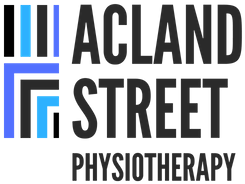
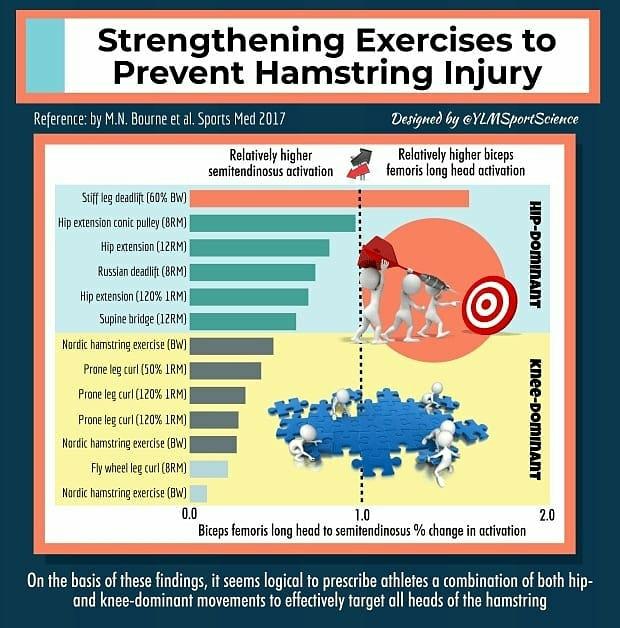
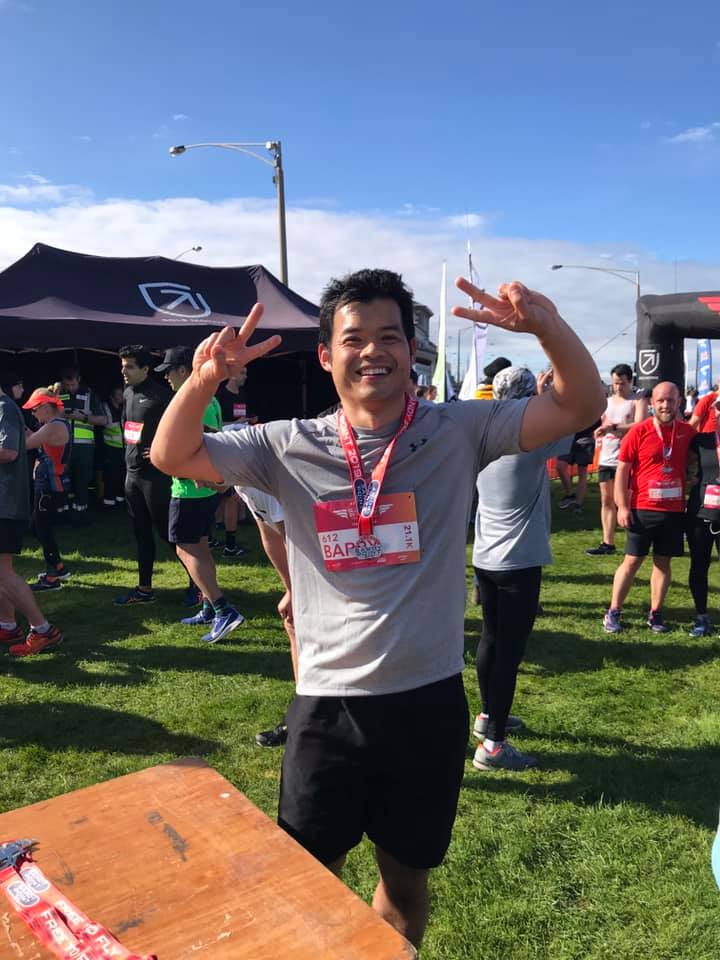
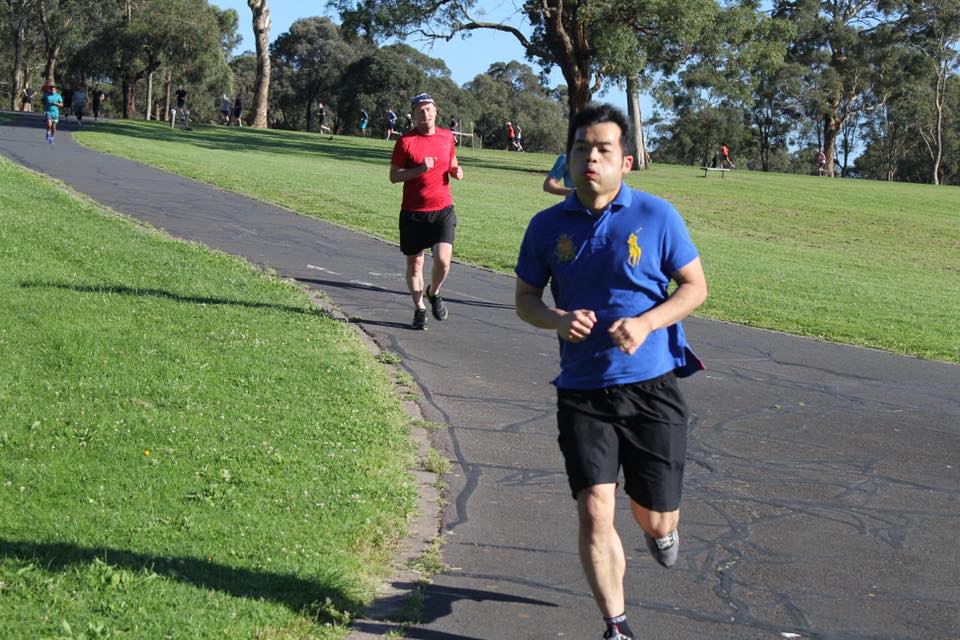
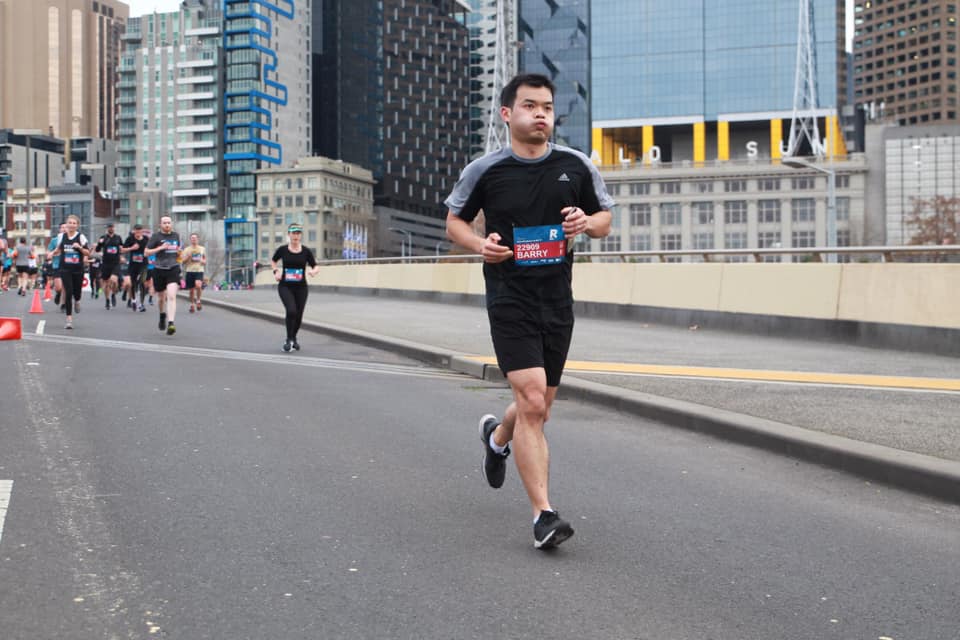
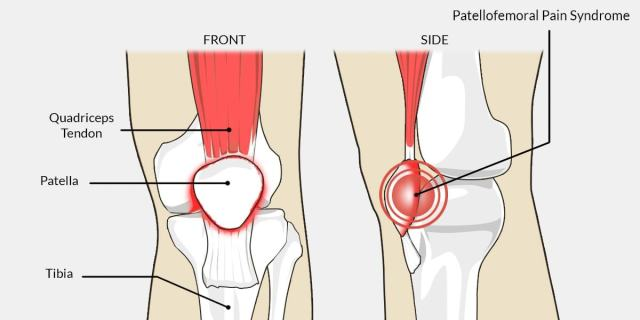
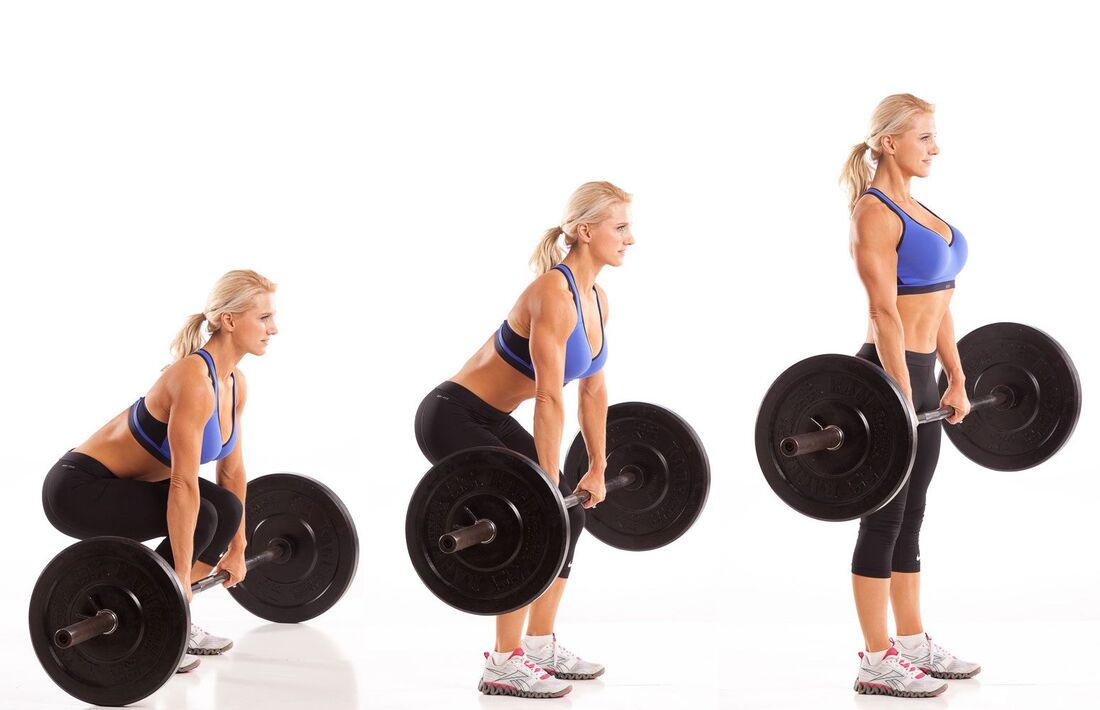
 RSS Feed
RSS Feed